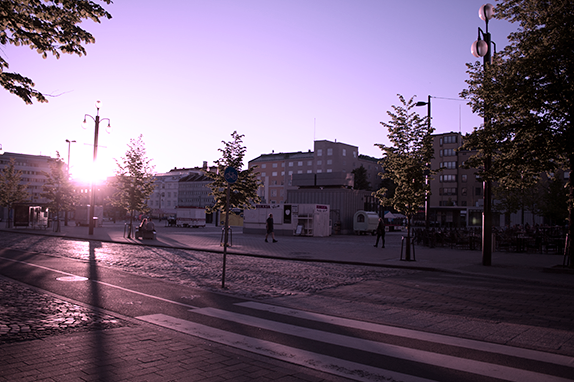
Adaptation of circular economy has turned the focus area of sustainable development in society and industry. Areas with opportunities to act in an industrial symbiosis are being researched and developed together with different stakeholders. Roadmaps to circular economy are in preparation at national, regional and local level.
Limits or lack of certain raw materials (especially nonrenewable) force us to find new solutions, replacing materials and to think more resource efficienctly.
Due to the industrial ecosystems companies and organizations can find benefits due to the decreased amount of energy used and waste produced, as well as more efficient logistic systems. Design, recycling and the reuse of materials decrease the amount of waste, or even eliminate it, which is the goal of total circulation of materials. Limits or lack of certain raw materials (especially nonrenewable) force us to find new solutions, replacing materials and to think more resource efficienctly.
The transition to the circular economy is needed to provide new action models and adaptations in practice. Replacing and redesigning old production or services with new ones or the development of existing concepts are opportunities to achieve circular economy in enterprises and organisations. Good examples serve as advertisements for other actors in the field – new solutions are adapted and followed. An innovative environment with working cooperation and networks is able to promote new ideas to change practices.
The main question is how to design for behavioral change with user-driven solutions.
The concept of the Circular City calls for the exploration of circulation models available in a city, a neighbourhood or a smaller area. The design of new and improved models is based on the identification of existing resources, practices and opportunities to improve the situation and create circular or resource efficient production, practices or services. Sharing economic models can be adapted in different activities in cities, such as with mobility services.
At the core of the process is the consumer. The main question is how to design for behavioral change with user-driven solutions. Different types of users are often recognized in regard to adapting new models of behavior. Designed steps are needed to encourage the behavioral changes which support the solutions based on circular economy.
Topics will deal with, for example:
- industrial symbiosis and ecosystems
- local, regional and national systems/ concepts
- Circular City
- energy and material efficiency-
- design for behavior change with user-driven solutions
- sharing economy
- entrepreneurship opportunities